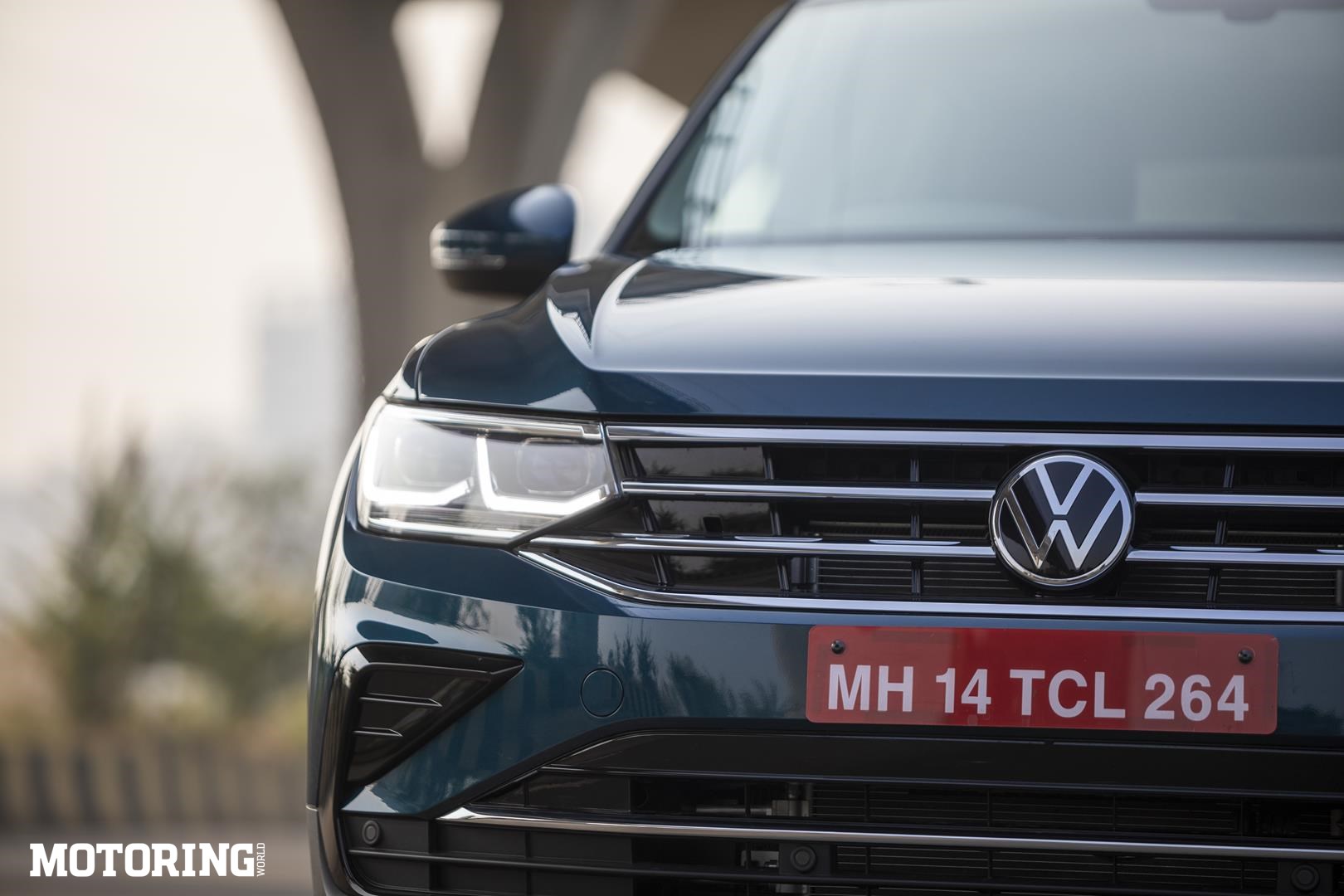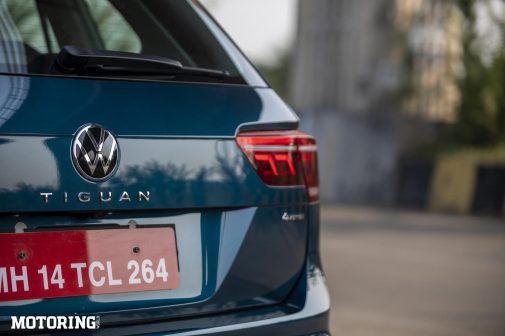Volkswagen sells three model lines in India, namely the Taigun compact SUV, the Virtus saloon, and its flagship, the Tiguan. Of the three, the Tiguan has been around for the longest; the first-generation version of the SUV was launched in 2007/8 globally. Its innings in the Indian market started with the second-generation model, launched sometime in the middle of the last decade. Since then, it’s made its presence in the market felt. Those who get to experience the Tiguan suddenly fail to find other cars in the segment appealing, and the ones who’ve got a Tiguan in their driveway swear by it. It’s just that good. What makes it so great, and how come others haven’t been able to crack the formula yet?
The short and simple answer is that it’s stayed true to Volkswagen’s ethos. Let’s start with the way it looks. As has been the case with nearly every Volkswagen that’s been launched in India since the late noughties, the design is understated, but never bland. It serves a purpose, but doesn’t overload your mind with unnecessary detail. It’s as if every crease, curve, and indent has a meaning. That is an extremely valuable asset, not only when catering to a more mature audience but even when the target audience is people with good taste, overall. The latest Tiguan, true to the ‘Skip Boring’ ideology, brings a fair bit of flavor to what is a universally likeable design.
This is only scratching the surface. The moment you come closer to the car – to appreciate how immaculately its paint shines, the near-clinical perfection in the way its panels are put together, and how its high-tech Matrix headlamps merge with the grille and the bodywork – you understand that the Tiguan is a class apart. As you step inside, you realize that with the way the door shuts, there’s hardly anything in the segment which has the kind of build that a Tiguan does. If there’s one thing that enthusiasts have been vocal about Volkswagens in India, it’s the peerless build quality, and the Tiguan is the epitome of that.

The experience is further heightened as you slide into the driver’s seat. The dashboard is slightly tilted towards the driver, enabling them to have every control well within reach. The design makes driving the Tiguan an even better experience, and everything from accessing the climate control panel to using the 20.32 cm touchscreen feels more natural. But it’s always the little touches that make a VW special, and in this case, with the ability to control the onboard infotainment system with hand gestures, one doesn’t even have to actually touch the screen.
Talking of screens, while the Apple CarPlay-equipped infotainment system (with 8 speakers, no less!) is nothing short of impressive, the customizable 25.4 cm Digital Cockpit is a clear example of VW’s superiority over rivals. The way it’s been cleverly implemented gives the Tiguan an edge over the rest.

















